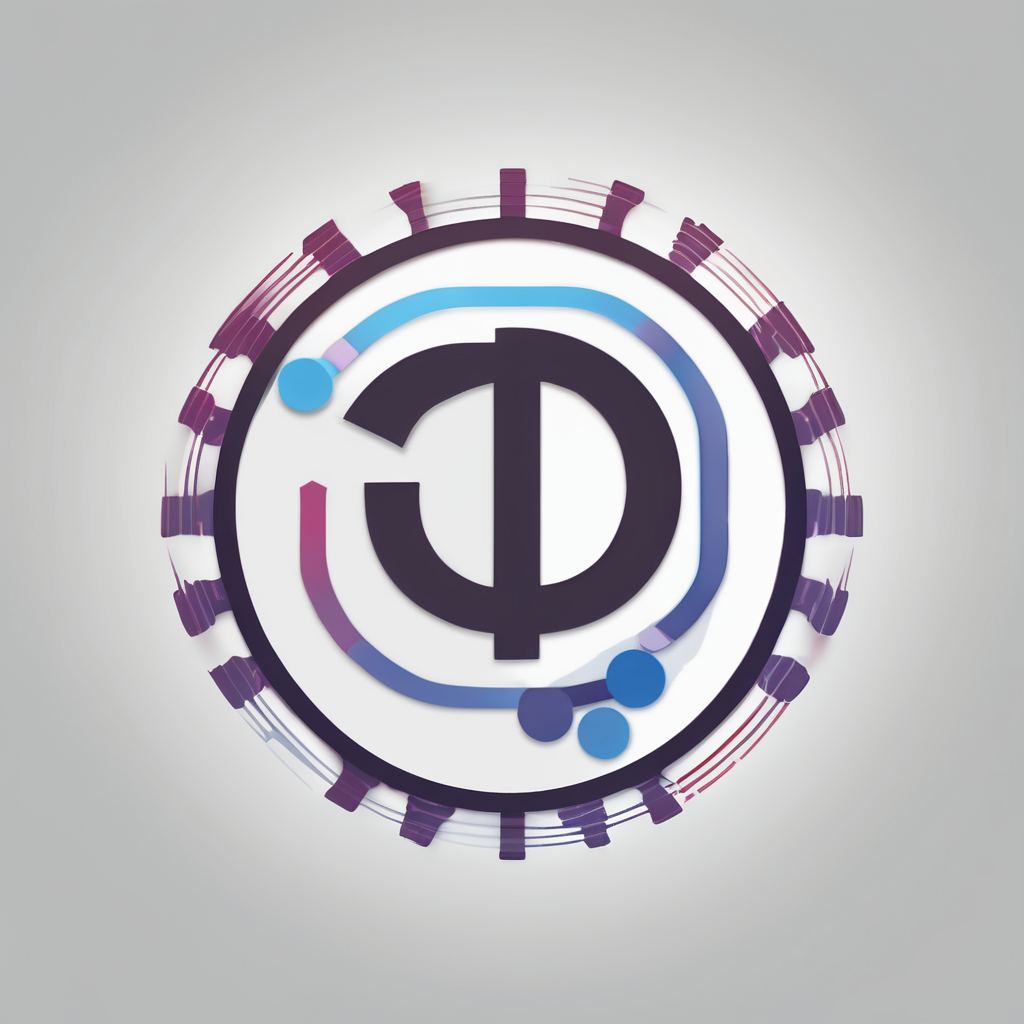PLM software transforms how companies manage product data, enabling real-time collaboration and streamlined workflows across teams and locations. By unifying design, manufacturing, and compliance processes, it drives faster innovation while reducing waste and ensuring sustainability. Understanding PLM’s evolving capabilities helps businesses improve efficiency, maintain quality, and stay competitive in complex, global markets—paving the way for smarter, greener product development.
Key Functions and Benefits of PLM Software
PLM software serves as a central hub for managing product data, enabling seamless collaboration across teams regardless of location. Its core function enables multidisciplinary, geographically dispersed groups to access current, trustworthy information, supporting decision-making and efficiency.
Topic to read : Essential Steps to Build an Effective Real-Time Machine Learning Fraud Detection System
Primarily, PLM streamlines development, manufacturing, and service processes, reducing time-to-market and improving product quality. It automates workflows like bill of materials (BOM) generation and change management, minimizing errors and accelerating operations.
Sustainability tracking has become integral, as modern PLM platforms incorporate environmental metrics directly into design and supply chain data. This fosters responsible innovation, supporting eco-friendly materials and processes.
This might interest you : Safeguarding electoral trust: top strategies for data integrity and security in blockchain voting systems
Additionally, PLM’s digital thread connects all data throughout a product’s lifecycle—from design to disposal—while supporting compliance with regulations globally. In industries like aerospace, electronics, and fashion, PLM improves collaboration, reduces waste, and accelerates product launches. This combination of benefits underscores the shift toward smarter, sustainable product development.
Continue reading the article for more informations.
Industry Applications and Leading Solutions in PLM
Discrete Manufacturing and Aerospace
Industry-specific PLM solutions in discrete manufacturing link mechanical, electronic, and software systems for seamless traceability. Product lifecycle management here enables every component—from design to simulation and certification—to remain connected, ensuring regulatory compliance. Digital product development is streamlined with engineering collaboration tools that centralize data and version control systems, making real-time data accessible across engineering and manufacturing. This boosts collaboration, supports change management solutions, and strengthens compliance and regulatory tracking, all vital for aerospace and automotive product quality metrics.
Fashion and Consumer Electronics
Fashion industry product management depends on agile PLM platforms to handle rapid launches and anticipate trends. Industry-specific PLM solutions integrate cross-functional team collaboration and lifecycle analytics, optimizing apparel development workflows and supply chain coordination. Automated workflow systems and digital asset management speed up time-to-market, enabling coordination with suppliers, supporting trend forecasting integration, and ensuring sustainability tracking features are embedded for ongoing product lifecycle sustainability.
Government and Defense
In government and defense, industry-specific PLM solutions support robust compliance through IL5-certified cloud-based PLM solutions. Agencies such as the U.S. Navy utilize product data centralization and cloud security best practices to achieve secure version control and optimize engineering change order processes. These platforms ensure enterprise data management aligns with strict security standards while facilitating manufacturing process optimization and remote workforce collaboration for mission-critical reliability.
Core Capabilities and Integration of Modern PLM Platforms
Modern product lifecycle management enables robust digital product development and facilitates cross-functional team collaboration. At its heart, product data centralization ensures that information—covering design, manufacturing, and service—remains consistent and traceable throughout the product journey. This centralized database underpins effective version control systems and supports innovation management strategies even as the enterprise scales.
Digital Thread and Digital Twins
The digital thread concept links data across enterprise data management layers, allowing real-time data access. Through industrial design integration, digital twins simulate product performance in actual operating environments. This simulation capability not only supports advanced design validation techniques but also streamlines cost reduction methods and risk management in product development by identifying issues well before manufacturing.
Collaboration Technologies and IoT Integration
Modern platforms employ automated workflow systems and collaborative product review tools, allowing geographically dispersed teams to execute supply chain coordination efficiently. Integration with IoT devices supports predictive analytics and sustainability tracking features, directly impacting product lifecycle sustainability goals and enabling faster, more reliable decision making.
AI and Advanced Analytics
Utilizing AI-powered process automation and lifecycle analytics and reporting, PLM solutions support rigorous engineering change order processes and quality assurance integration. Advanced analytics features strengthen compliance and regulatory tracking while highlighting emerging trends in lifecycle management, ensuring that product portfolio management and cost management dashboards are data-driven and actionable.
Challenges, Implementation Strategies, and Market Leading Vendors
Overcoming Adoption Barriers
Adoption of product lifecycle management often presents organizational challenges, notably resistance to process formalization. Implementation success hinges on strong executive sponsorship and dedicated resources for training. Leaders must communicate the benefits of engineering collaboration tools and emphasize cultural adaptation. Providing ongoing access to training resources for implementation ensures that cross-functional team collaboration becomes standard, not sporadic. Clarifying roles and responsibilities is essential for utilizing product data centralization and automated workflow systems.
PTC and Other Leading Vendors
Providers like PTC dominate the landscape, with the Windchill platform capabilities setting benchmarks for both cloud-based PLM solutions and on-premise deployment advantages. Arena and FlexPLM diversify the range, supporting everything from enterprise data management to apparel development workflows. Siemens Teamcenter overview highlights extensive CAD compatibility features and integration with ERP systems—key for industries demanding robust version control systems and change management solutions. Customizable software platforms allow engineering change order processes to scale with business growth.
The Future of PLM: Innovations and Trends
Recent trends integrate digital twin technology in product lifecycle, AI-powered process automation, and advanced analytics features for deeper lifecycle analytics and reporting. Innovations in cloud-native application benefits, digital supply chain relevance, and sustainability tracking features make PLM software pivotal for manufacturing process optimization and unlocking sustainable innovation with PLM platforms.











